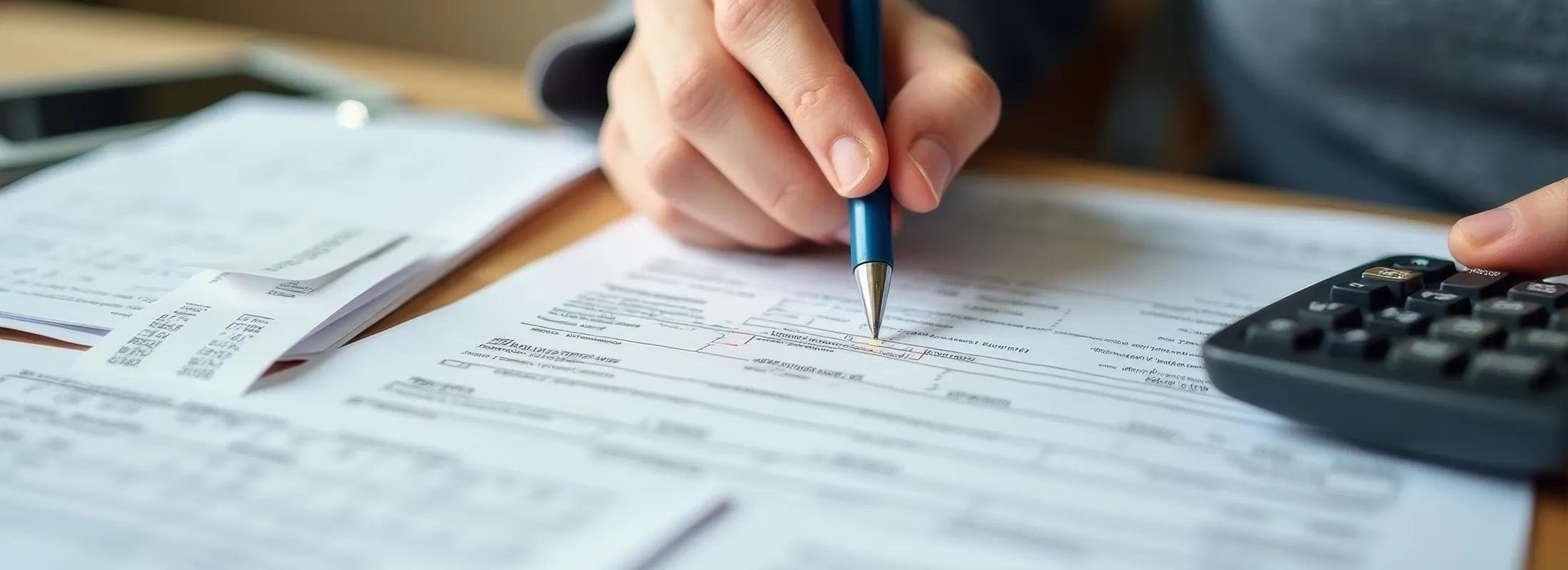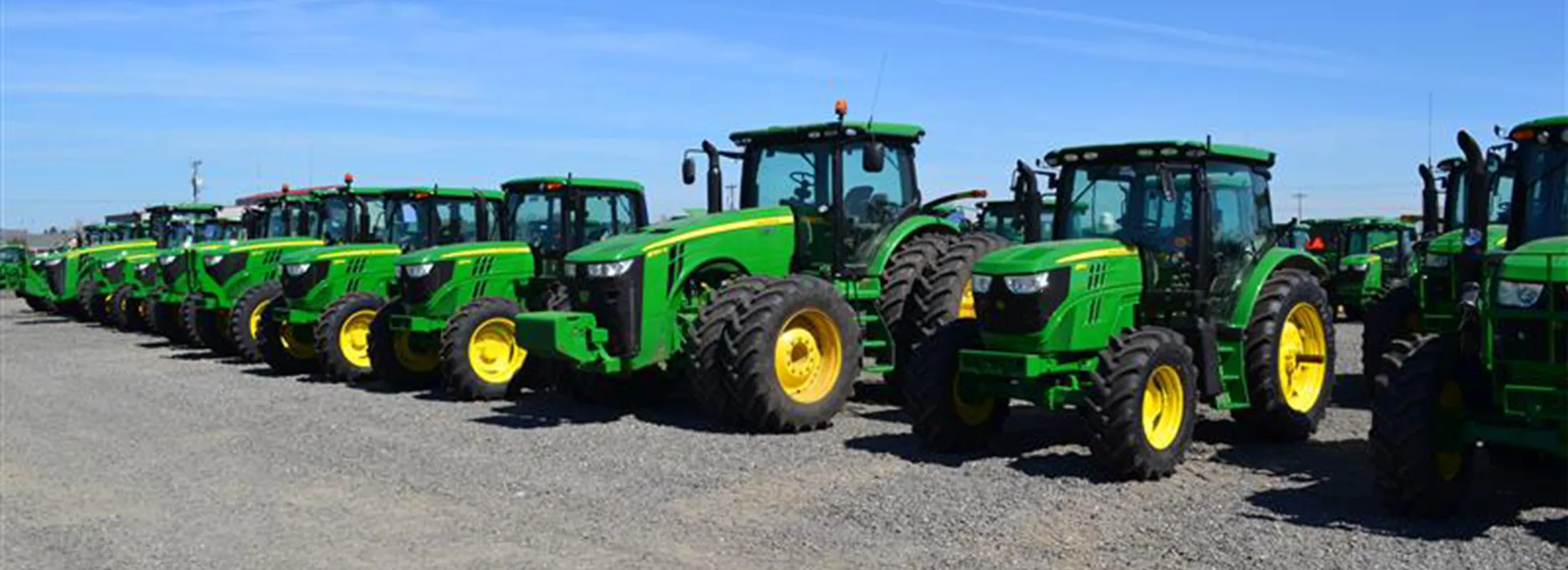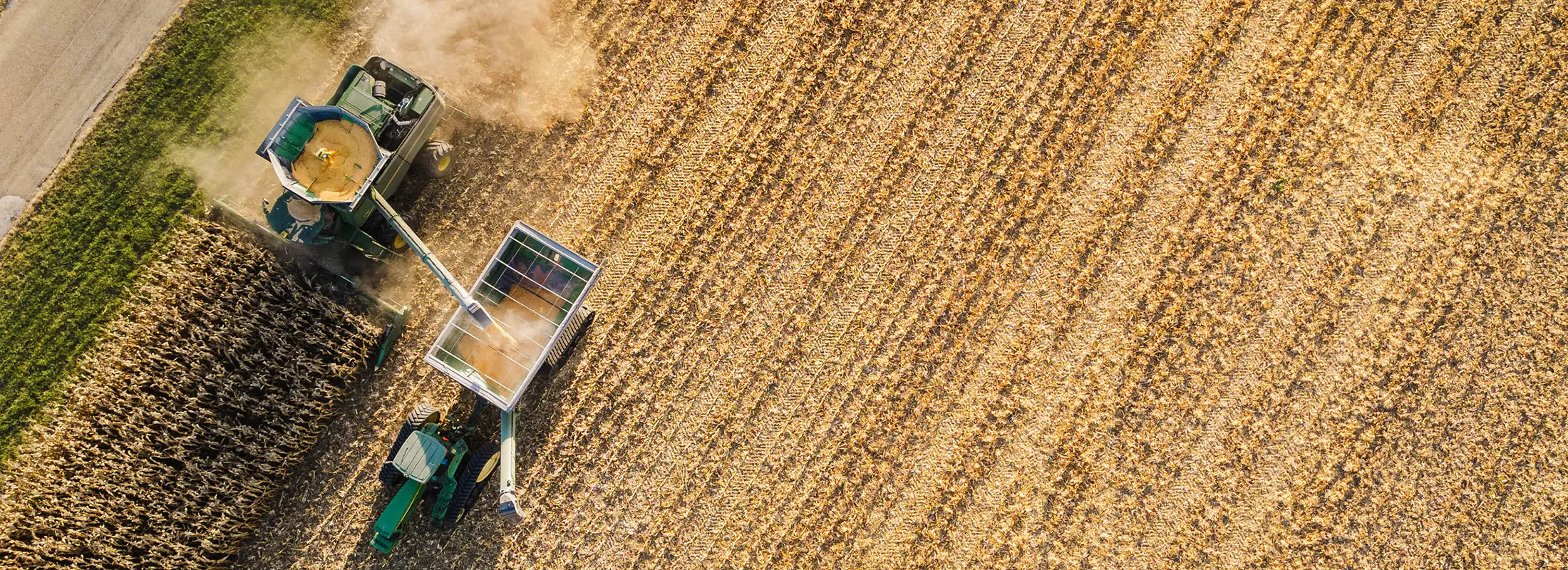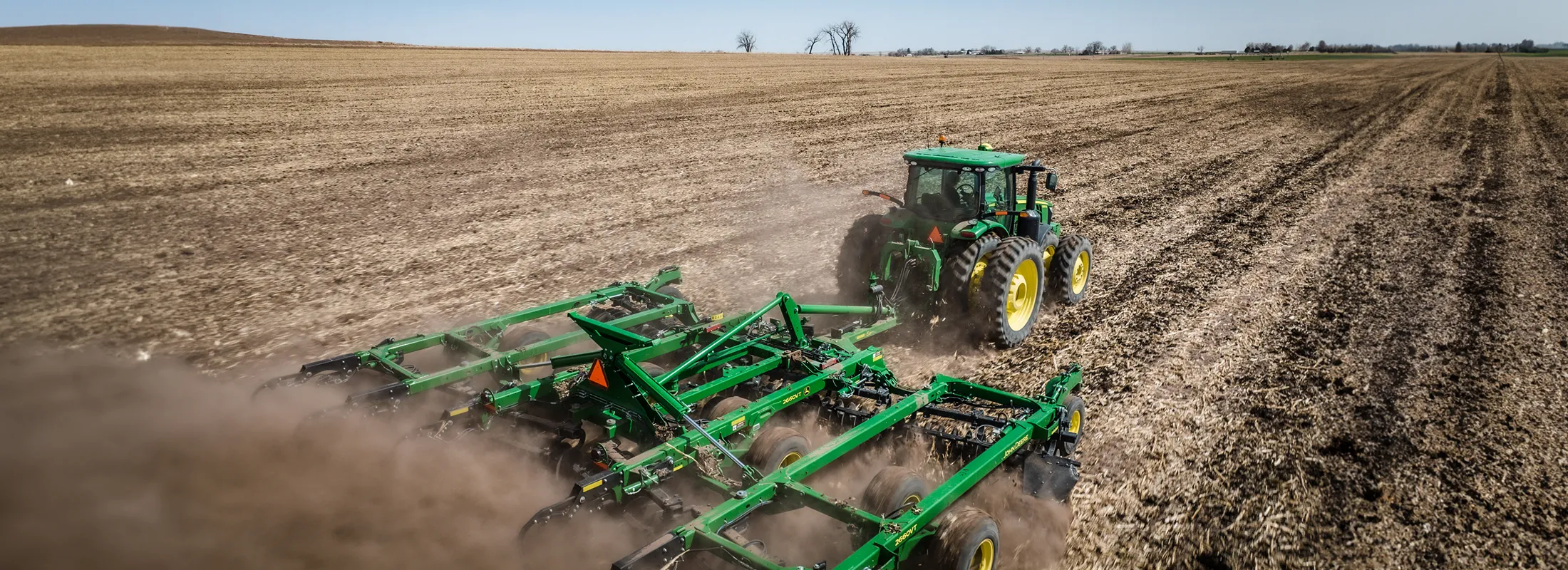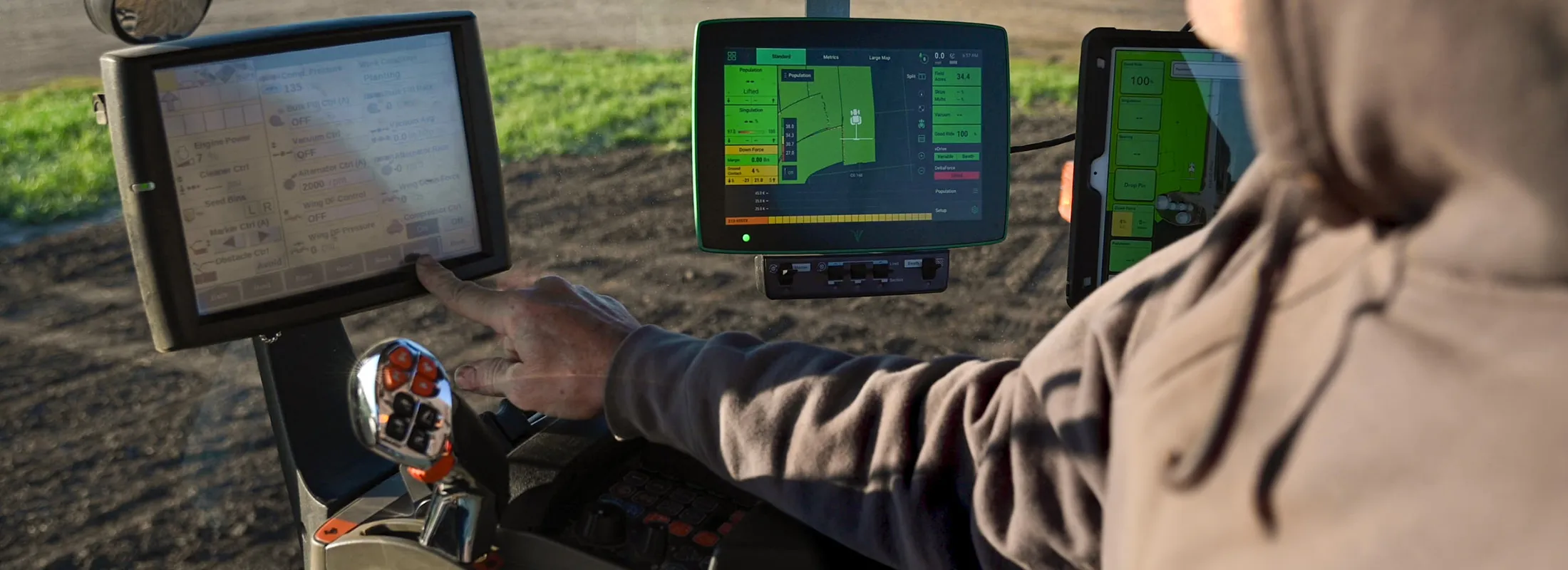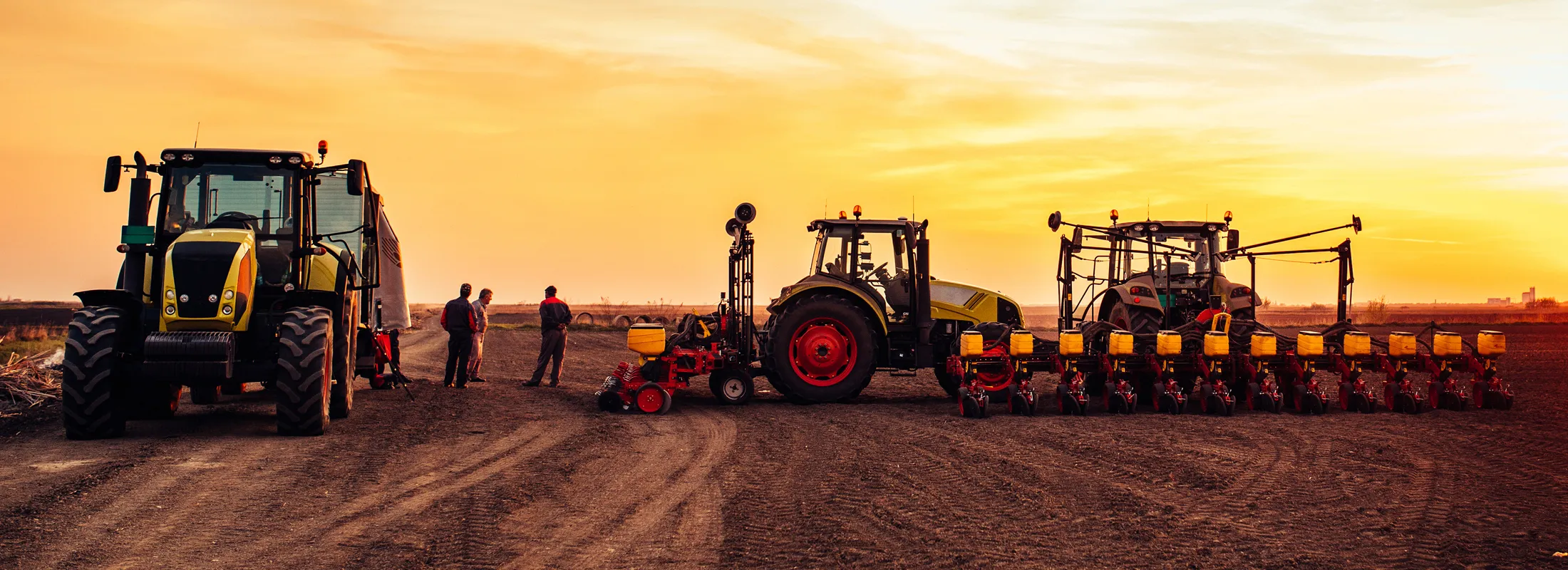As producers navigate high interest rates, lower trade-in values and rising equipment costs, leasing continues to be a strategic option for managing cash flow and equipment decisions.
“Leasing can be used to manage deteriorating used equipment values, especially when working through trade-ins with little or no equity,” says Chris Stout, AgDirect® territory manager in Arizona and California. “It also helps manage rising equipment costs by allowing you to pay for the ‘use’ of the equipment rather than taking on the risk of ownership.”
"Leasing can be used to manage deteriorating used equipment values, especially when working through trade-ins with little or no equity.
"
Other leasing benefits include reduced upfront costs compared to a loan, and predictable payments, which can be beneficial for cash flow and balance sheet management during periods of margin pressure.
Key Questions When Considering Leasing vs. Loans or Cash
When evaluating whether to lease, take out a loan or pay with cash, Stout suggests asking a few key questions to ensure the financing option supports your operational and financial goals.
- How close are you to planting or harvest?
- Do you need to conserve cash heading into the season?
- Is it more cost-effective to buy the machine or pay for its use through a lease?
- Which option will keep you in warranty for the duration of use?
Evaluating Lease Types and Terms
AgDirect offers multiple lease types to help producers preserve working capital, manage cash flow and take advantage of potential tax benefits. Here’s a quick breakdown of three different lease types and the situations they’re best suited for:
FPO – Fixed Purchase Option
- Considered a true-tax lease
- Write off lease payment, doesn’t depreciate asset
- Also known as a “Walk Away Lease”
- Option to purchase, trade or surrender (walk away) asset
Best Suited For: Those who want the “use” of an asset rather than ownership and prefer to roll into new equipment at the end of the term instead of trading in.
PRO – Purchase or Renew Only
- Considered a true-tax lease
- Write off lease payment, doesn’t depreciate asset
- Option to purchase, trade, or renew lease (no walk away option)
- Residuals are 5-10% higher than FPO lease
Best Suited For: Those who are looking for lower payments than an FPO, and plan to purchase, refinance or renew at the end of the lease term. This lease type may also appeal to producers seeking similar tax advantages to an FPO.
PUT – Purchase Upon Termination
- Considered a conditional sales lease
- Obligated to purchase or trade asset (no walk away or renewal option)
- Takes depreciation on asset, doesn’t write off lease payment
- Residuals are 5-10% higher than FPO lease
Best Suited For: Those who are looking for lower payments than an FPO, and plan to purchase, refinance or renew at the end of the lease term. This lease type may also appeal to producers who want to depreciate the asset on their balance sheet.
Additional Leasing Strategies and Support
AgDirect also offers creative financing options, such as purchase leasebacks, to help producers recapture working capital.
“When a producer pays cash for machinery but later could use the capital required to buy the equipment, we can purchase it from the producer and lease it back to them with a purchase leaseback,” Stout explains. “It’s a great strategy for year-end planning that allows you to spread out the need for capital and use it in your operations longer.”
Resources like the AgDirect leasing calculator along with expert support from territory managers and the internal sales team are available to help you evaluate your leasing options.
“With equipment pricing way up, leasing can be a smart strategy to help lower your payments. At the same time, used equipment values are down, so if you have little or no trade equity, leasing may be a more attractive option than purchasing,” says Stout.
“Interest rates are still high compared to three to five years ago, and leasing can minimize interest expenses while giving you full access to the equipment you need for only the hours you use it. And because leasing typically requires less cash upfront, it allows you to preserve capital for other areas of your operation.”


